There’s something irresistible about vintage flatware. The intricate designs, the sophisticated looks, and the lingering bits of an untold history – It’s all too inviting.
You’re here to learn about vintage flatware patterns identification. And so, I can tell you know exactly what I mean.
But here’s the interesting bit. The value of antique silver flatware is increasing day by day. A silver spoon by America’s most famous silversmith, I.e., Paul Revere Junior, got sold for $32,500 at Heritage’s Fine Silver & Objects of Vertu Auction on 20th May 2021.
If you’re looking to buy or sell vintage flatware as exclusive as that you ought to know what you’re dealing with. So, read along and learn all about vintage flatware – from patterns and designs to estimating the value of silverware!
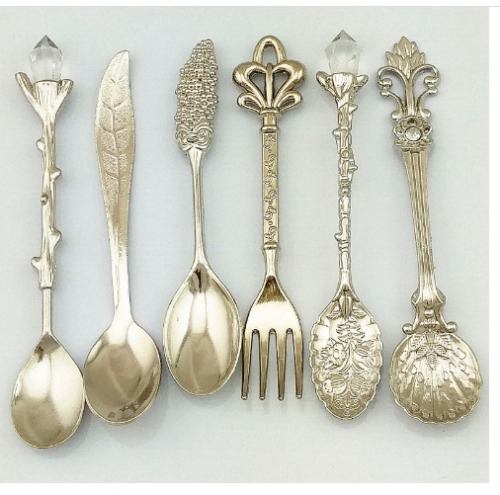
Table of Contents
What is vintage flatware?
First, let’s get the basics clear. Flatware refers to table utensils, such as spoons, forks, butter knives, and plates. These are relatively flat compared to holloware.
Now, what’s holloware? Well, these are utensils that come with a containing vessel, such as sugar bowls, coffee pots, etc. Here are a few other similar terms that often confuse people:
- Tableware
- Silverware
- Glassware
- Dinnerware
All of these are similar terms with minor differences. There’s a trick you can use to differentiate between these and use the right term on the right occasion.
What’s the trick? It’s understanding the meaning of the word ware and visualizing any word placed before this word as a descriptive term.
Ware is a suffix that refers to objects made of ceramic or used for cooking or serving food. Given this, all of the above terms make more sense.
- Dinnerwarerefers to cutlery and crockery used to serve dinner.
- Tablewarerefers to cutlery and crockery placed on the table and used for serving & eating food.
- Glasswarerefers to utensils made of glass.
- Silverwarerefers to silver-plated utensils or utensils thoroughly made of silver.
Similarly, flatware is utensils that appear flat and vintage flatware refers to antique flat-appearing utensils.
Any spoons, forks, butter knives, and other pieces of flatware that are 50 years or older are considered vintage flatware. Now, there’s a whole debate about vintage flatware VS antique flatware.
But the truth is: there’s not much difference. Vintage flatware is 50 years old, while antique flatware is 100 years or older. The actual difference between old flatware is by means of design and patterns.
Types of Vintage Flatware Patterns
Vintage flatware patterns identification begins with the identification of the material. On that note, there are two types:
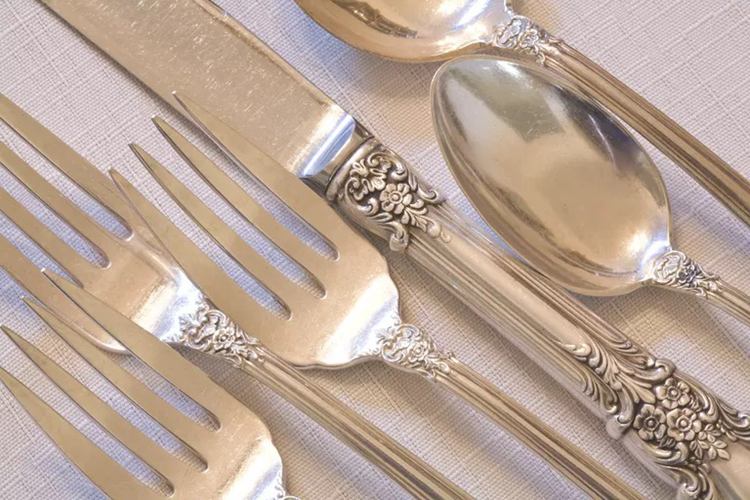
Sterling flatware
Sterling silver is a premium-quality alloy of silver. 92.5 percent of this alloy is pure silver, while the remaining 7.5 percent is a mixture of different metals. It is different from pure silver and is the highest grade of silver used to manufacture any kind of crockery or cutlery.
Although there are more than a hundred types of sterling silverware, the most popular vintage sterling silverware patterns are as follows:
Wallace Grande Baroque
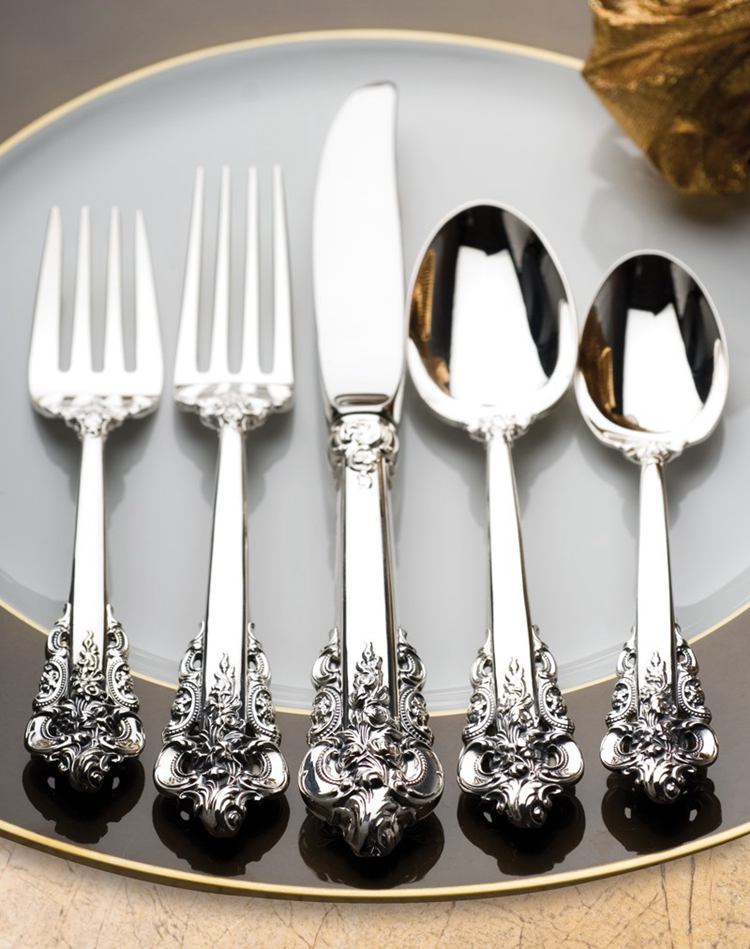
Wallace Silversmiths were amongst the most popular manufacturers of silver cutlery back in the 1800s and 1900s. During 1934 – 1950, the Wallace Silversmiths released the Three Dimension Beauty Collection.
Grand Baroque was also a part of this collection. It was the fourth part of this six-part series, to be specific.
This intricate design took about four years to develop, and it was developed personally by William S. Warren. According to him, he reflected the very essence of joy and adventure of artistic progress through the Grand Baroque design.
Also, it was a part of the Three Dimension Beauty Collection because the design of the flatware appears to be the same whether you view it from the front, the back, or the side. If you examine the design in-depth, you will notice that each piece of flatware has a crowning acanthus leaf with classic symbols from the Renaissance.
These include:
- Five petal flowers for the spoons
- Rose on the knives
- Narcissus on the forks
Although this lavish vintage flatware is a collectible, it is easily available these days. You can easily log onto websites like replacements.com and buy Wallace’s Grand Baroque four-piece set for as low as $279.
Towle Old Master
Next to Wallace Silversmiths were the Towle Silversmiths. These talented silversmiths introduced a variety of silverware patterns in America in the 1900s.
The most prominent works of Towle include:
- Candlelight (released in 1934)
- Marie Lousie (released in 1939)
- Old Master (released in 1942)
- Contour (released in 1950)
If you have a piece from any of these three, you own a rare and super expensive antique sterling silverware. But if you’re looking to buy vintage sterling silverware, you’ll find Old Master available in abundance.
It was one of the most popular designs by the Towles, and its popularity didn’t diminish with time.
Here’s what this vintage flatware pattern looks like:
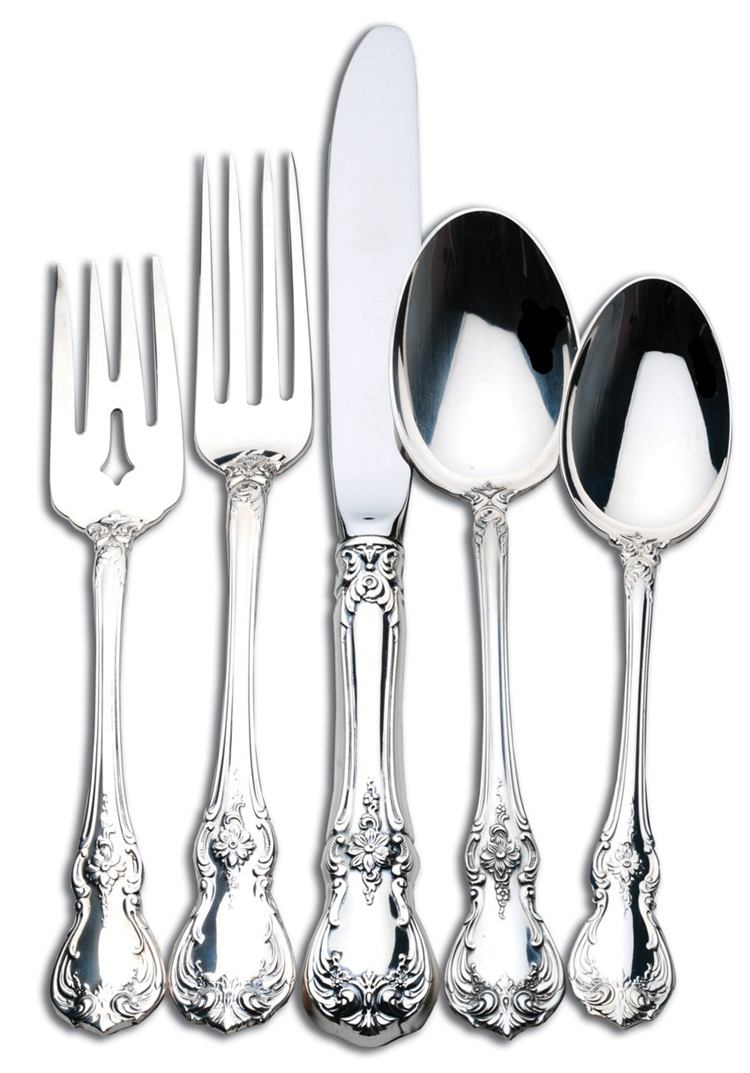
As evident in the picture, this flatware featured intricate borders with a flower in between. There’s inconsistency in the central flower of the knife, spoon, and fork. Some have five petal flowers, while some have six. It exhibits the traditions of the Old Victorian era.
The price of Towle Old Master silverware ranges from $160 to $1060. It depends on whether you’re purchasing one-piece or 5-6 pieces.
Also, as you can see, a single article of Towle Old Master costs less than Wallace Grand Baroque. That’s because Wallace had a higher brand positioning than Towle back in their prime time.
Gorham Chantilly Silverware
Gorham Chantilly dates back to the 1800s. And so, it is more valuable than an antique. Although the patterns of Gorham Chantilly Silverware are not as unique and thoughtful as Wallace’s, the design is still a competitor owing to its age.
Here’s what it looks like:
The spoons, forks, and knives feature the Art Nouveau pattern. The primary characteristics of this design are curving lines, organic shapes, and sinuous arches.
Although there’s room for motifs inspired by the natural world (such as leaves and flowers), we see that the creator of Chantilly did not crowd the design. Today, you can buy this vintage sterling silverware at $220 per spoon.
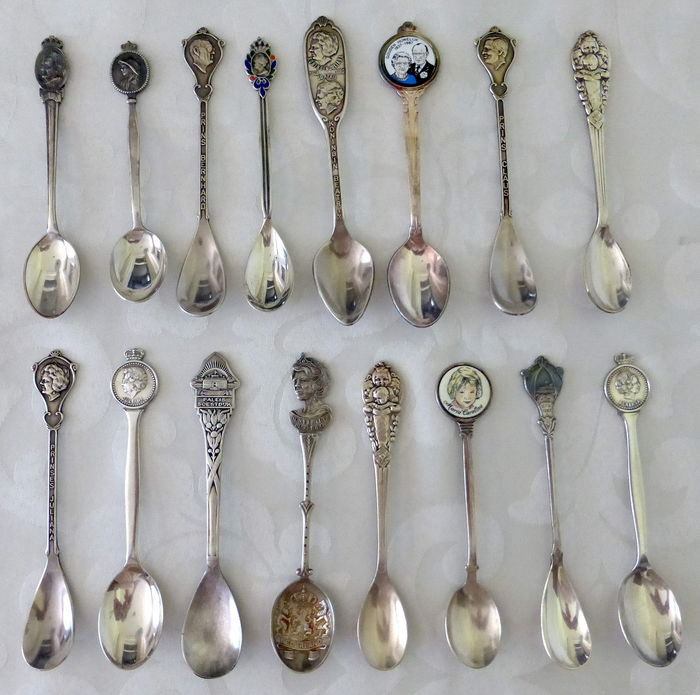
Silver Plate flatware
Silver-plated flatware is made up of a mixture of metal alloys (usually nickel, zinc, and copper). And they are coated with pure silver. Consequently, silver-plated flatware is less valuable and requires minimal maintenance.
Similar to sterling silver flatware, experts recommend using silver-plated flatware on special occasions and reducing its exposure to dish soap and dishwater. This care adds to the flatware’s life.
Here are a few popular patterns of vintage silver-plated flatware:
Oneida Coronation
Oneida Limited got founded 142 years ago. Over the years, it’s become one of the leading producers of mesmerizing silverware patterns and designs.
Coronation is one of the oldest silverware patterns produced by the company. It looks like this:
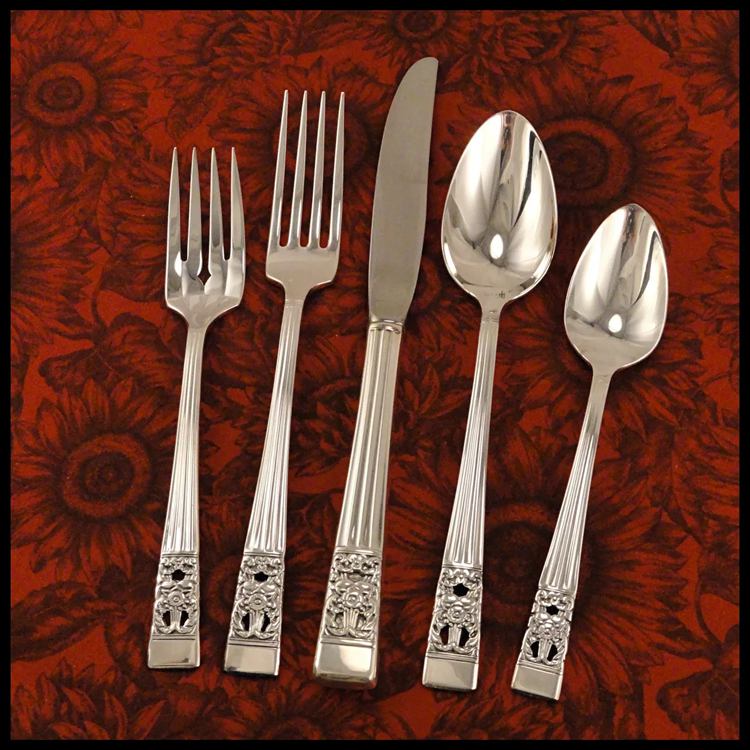
It was introduced in 1936 to honor England’s King Edward VIII, who never got crowned. Today, this antique pattern is easily available at relatively cheap prices.
You can get one spoon, knife, or fork for $11 – $16. A five-piece set can cost you $69 – $119. The price bracket increases with the count of pieces.
1847 Rogers’ Remembrance
1847 Rogers BroIS was also a leading manufacturer of silver-plated fine cutlery back in the 1900s. In 1948, the company launched the Remembrance series.
Although the design of this series wasn’t much special, it is a valuable collectible nowadays. The flatware has a delicate floral design. The side of spoons, forks, and knives feature slight beading as well.
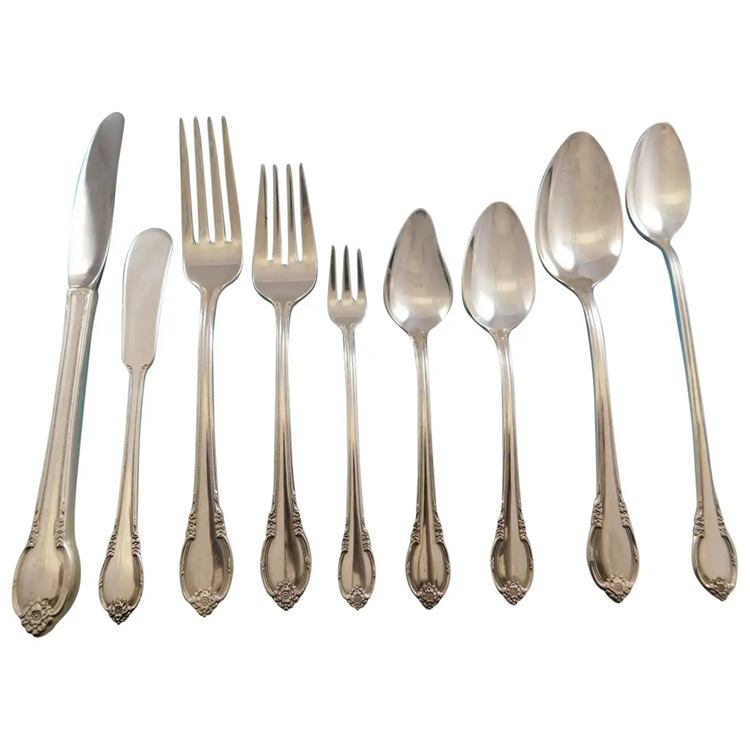
A lot of the stainless steel spoons manufactured today exhibit the same design. You can get it from Etsy or eBay at only $30 per spoon, and so on.
Community Oneida’s Morning Star
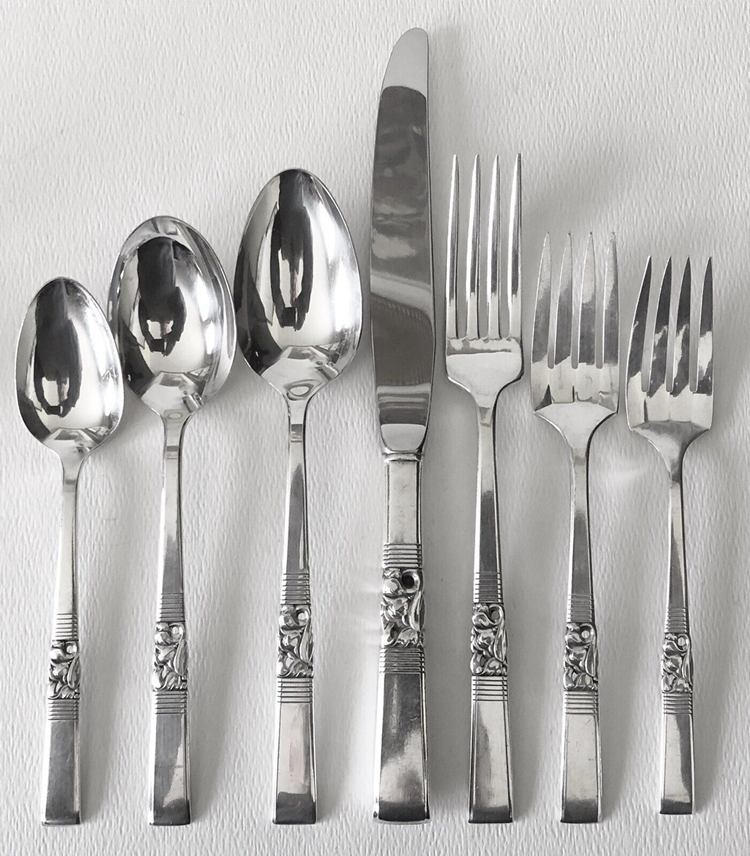
Originally introduced in 1948, Morning Star is one of the most simplistic vintage flatware patterns that caught the eyes of many. It features a central floral motif with minimalistic, clean lines on either side.
By far, it is the cheapest antique silverware in the present times. You can get one piece of vintage flatware for only $4.99.
Complete Guide to Antique Flatware Patterns Identification
By now, you’re well acquainted with some of the most popular vintage silverware patterns and designs. But how do you identify these patterns on your own?
In the modern world, experts have developed a systematic process for categorizing and recognizing the patterns of flatware. Here’s how it goes:
- Step 1: Click a picture of the flatware object you have.
- Step 2:Identify the trademark on it. Use this list or this list for reference.
- Step 3: If you find it, that’s good. Search for the patterns produced by that particular manufacturer.
- Step 4: If you don’t find it, share the picture of your flatware object with researcher teams at replacement.com, silverqueen.com, or silversuperstore.com. They’ll help you locate it. You can also look for a flatware expert in your local area.
For older flatware, you’ll have to dive deeper. Generally, there are only two metrics that can help you identify the pattern of a piece of vintage flatware. These are:
- Manufacturer’s name
- Date of Manufacturing
Both these details will lead you to the pattern’s name. The manufacturer’s name will help you determine whether the flatware is a rare or high-end product of its time. And the date of manufacturing will help you locate the era in which it was created.
I recommend studying the cutlery trends of the identified era. If the pattern on your spoon is in sync with a popular cutlery trend of the identified era, it’ll have a good market price.
Owner Perspective
As the owner of unidentified vintage flatware, your biggest concern would be; where can you find the manufacturer?
Ideally, you can find it on the receipt of flatware. But there’s a high chance you don’t have the receipt.
Your parents or grandparents probably discarded it. Or you found the flatware you have currently for a cheap price in a thrift store.
So, what to do then?
Browse this image:
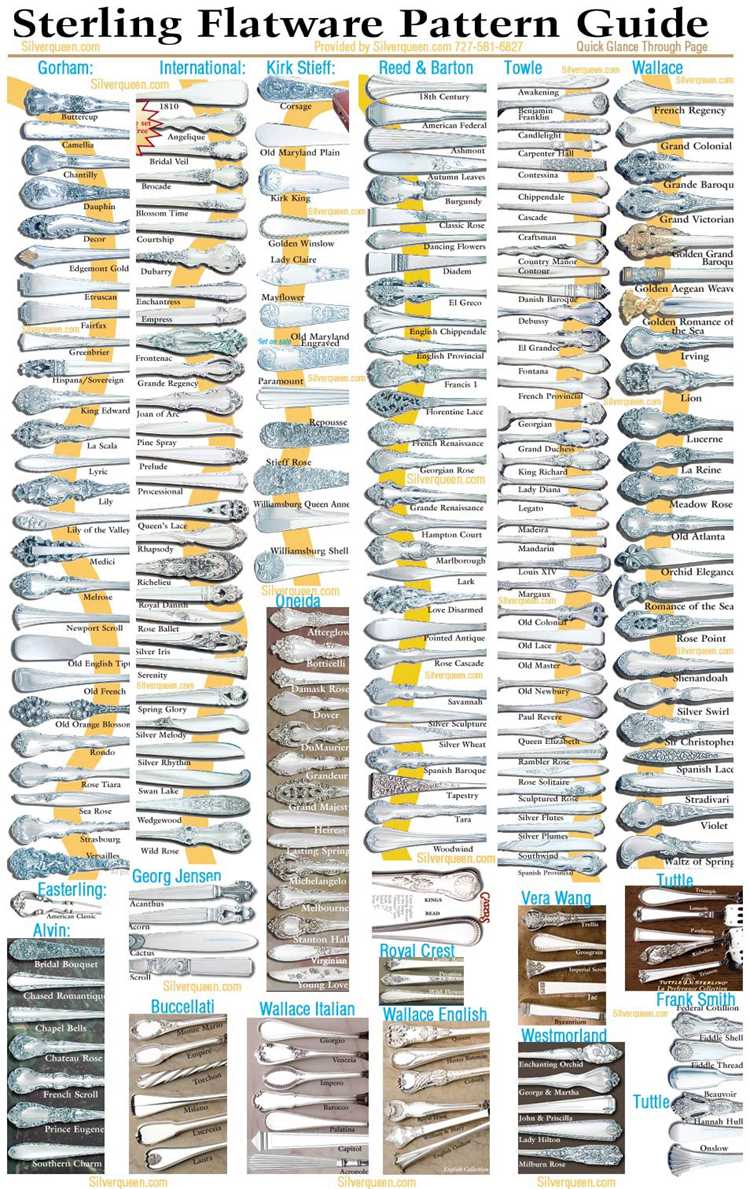
By far, this image by Silver Queen is the most reliable list of antique flatware available on the internet. It lists all the brands and their respective designs of the last two centuries.
To locate your design, study the spoon/fork/knife you have in your hands. It’s best to recognize the design using central motifs. If there’s no motif, you’ll have to correspond the lines and curves on the article you have with the ones shown here.
There’s an 80 percent chance you’ll find the pattern name in the image above. If you don’t, it’s time to write an email.
Click a clear picture of your flatware and share it with prominent flatware sellers in your region. Share the information you’ve figured out so far and ask if they can help you identify it.
Here are some good antique flatware sellers I recommend:
- Silver Superstore
- Replacements
- Etsy
- eBay
- Antique Cupboard
- Silver Queen
Alternatively, you can share your query in online communities of flatware enthusiasts or head to the library and track down manufacturers.
Buyer Perspective
If you’re buying vintage flatware, you can be in either of the two situations:
- Looking to buy a certain pattern
- Looking to buy any pattern with great monetary value
If you’re looking for a certain pattern, the easiest way to find it is to browse the image by Silver Queen given above, you’ll find it. If you don’t, draw the pattern you’re looking for on a piece of paper and then send your inquiry to the sellers listed above.
Note that you ought to know with surety that the design you’re looking for exists.
If you’re looking for a design with great monetary value, look up the best-selling manufacturer of flatware in the olden times. By the way, we’ve given you a lead about this in the popular silverware section above!
Next, search for their most popular and rare pattern. And begin hunting for this pattern in thrift stores, antique shops, online antique silverware stores, online communities of collectors, etc.
Related FAQ: Why is the pattern name important?
Well, that’s because the identity of vintage flatware determines its worth!
Whether you’re a collector or a seller, you cannot acquire the actual worth of your antique spoons and forks if you do not know their history, origins, and special factors.
Estimating the Value of Sterling Silver Flatware
How much is silver plated flatware worth? How much is sterling silver flatware worth? How can you tell the price of any antique flatware at all?
It’s simple;
Identify the material
If the piece is crafted from sterling silver, it’ll be more expensive than silver-plated or ceramic flatware. You can tell if it’s sterling silver by examining the body of the flatware. If it says sterling silver or 925 anywhere on the piece, it’s an original sterling silver flatware. But if it says plated, electro-plated, or doesn’t say anything it’s silver plated.
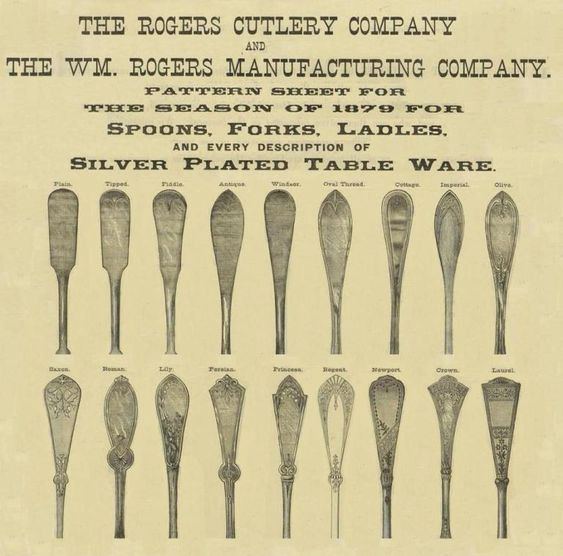
Identify the manufacturer
Similar to vintage flatware patterns identification, a manufacturer’s name plays a big role in determining monetary value too. If the flatware comes from a renowned and popular brand name, it’s will be more valuable.
But if it comes from an independent and relatively unknown silversmith, it won’t be worth much irrespective of its design uniqueness. Handmade vintage flatware is also more valuable by default.
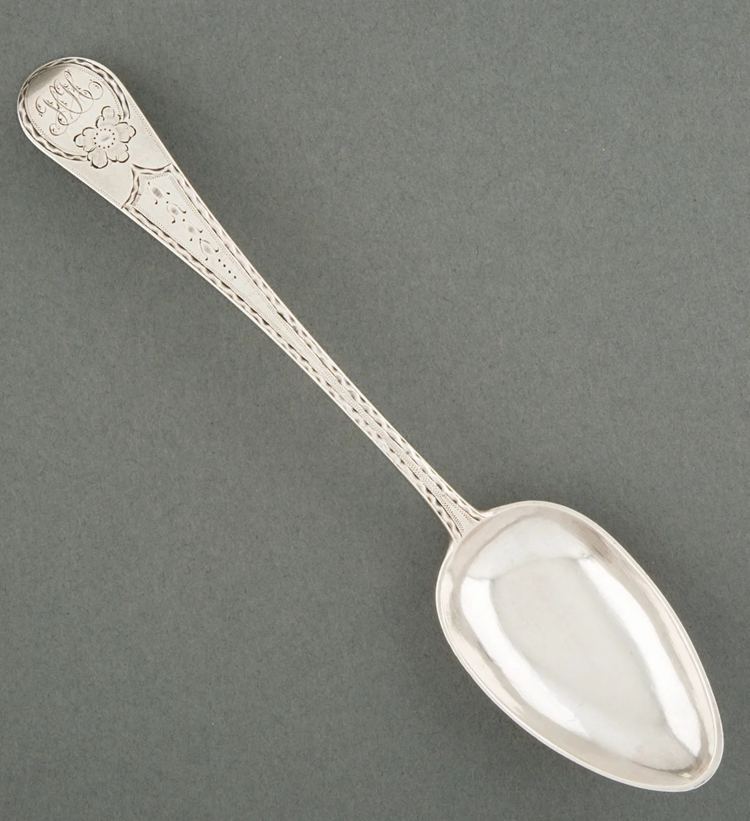
Track down its Global Availability
The rarity and exclusivity of vintage flatware also add to its value. If it comes from a collectible or limited-time series, there’s a high chance there are only a few pieces of this flatware around the globe. As a result, it’s worth a lot more.
For example, Bird on Nest by Whiting costs about $1009. Compared to Wallace’s Grand Baroque, this single spoon is almost 5x the price of a single Grand Baroque spoon.
Why? That’s because it’s a rare item. Plus, it’s gold-washed sterling silver!
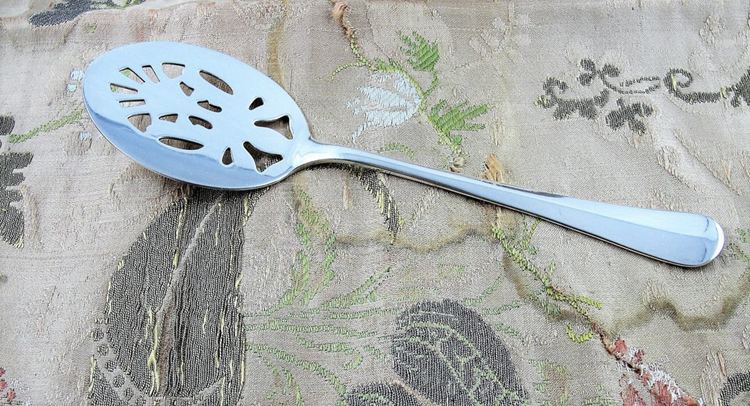
5 Tips to Collect Vintage Flatware
Since you’re interested in collecting vintage flatware (whether you’re buying or selling!), there are a few tips we’ve got for you. These will help you build yourself a highly valuable custom silverware collection.
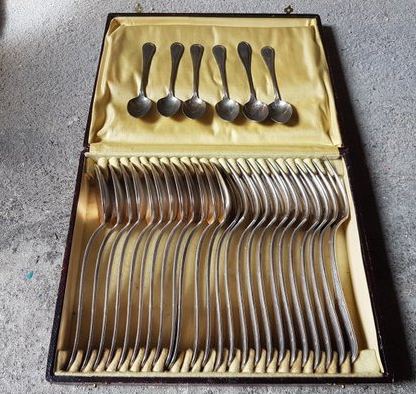
#1. Stick one type of flatware
When we say one type of flatware, we mean one type of article or object. Say you begin collecting antique spoons from different brands. Keep on collecting spoons only.
If you deviate and collect forks from one brand, spoons from another, and knives from another, your collection will be a mess. Plus, you’ll have comparatively poor gains if you wish to monetize your hobby sometime.
The more you niche down, the more of a specialist you become in both collecting and learning about that particular type of collectible. If you collect spoons only, your knowledge bank about how to identify vintage flatware patterns will broaden and deepen with time.
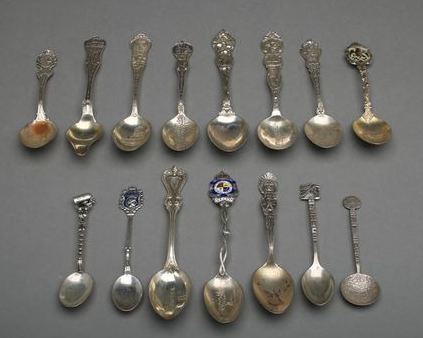
#2. But don’t stick to one type of flatware design and material.
Experts recommend collecting a variety of patterns. If you collect different types of flatware of the same design, there’s a high chance you’ll have a tough time collecting (both emotionally and financially).
Plus, you’ll be investing lots of time and effort for no reason. Twelve spoons featuring different vintage patterns are more valuable and appealing than twelve spoons with the same design.
The same applies to the type of material. Although sterling silverware has greater value than silverplated, it’s a good practice to explore and master both domains.
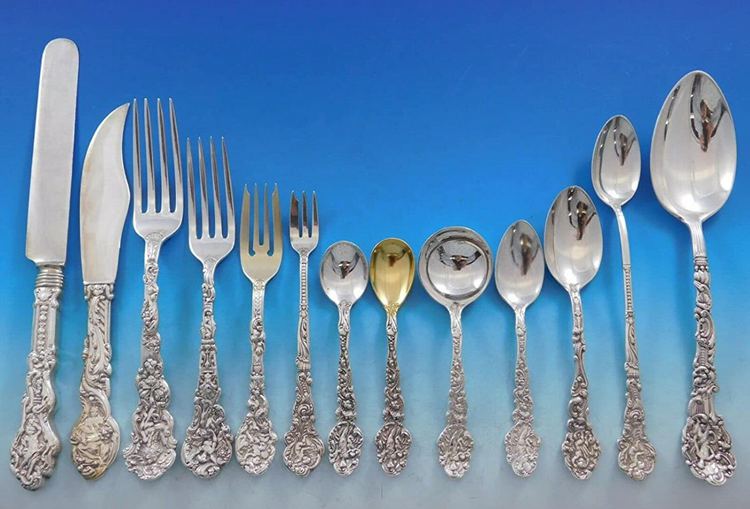
#3. Consider the condition too when buying.
In the guide above, we’ve recommended considering the following factors when buying vintage flatware:
- Material
- Manufacturer
- Date of Manufacturing
- Name and appeal of the pattern
- The reputation of the Seller
- Price
But it’s a good idea to check out the condition of the flatware as well. If the sterling silver or the silver plating of the flatware is chipped, corroded, scratched, or greying out, it’s not worth spending hundreds and thousands of dollars.
You should look for a shiny, spotless variant. Otherwise, the flatware won’t last long in your possession.
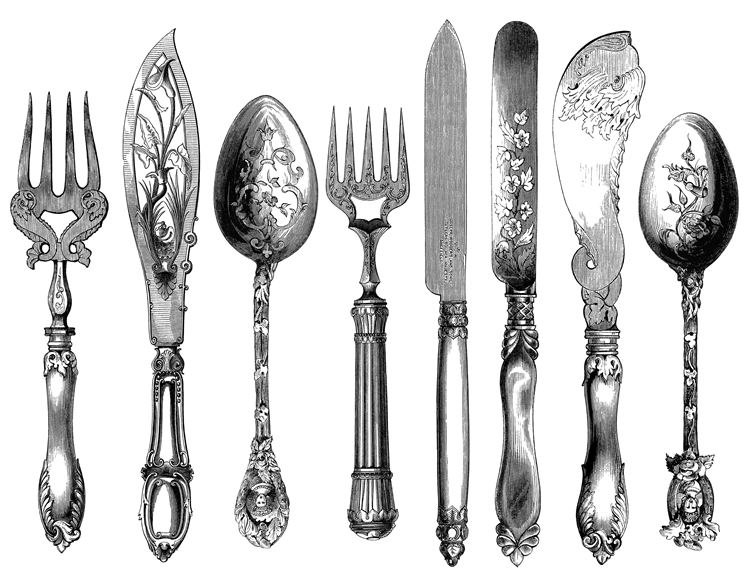
#4. Always acquire a receipt of purchase.
Even if you’re buying antique silverware from a friend or acquaintance, always acquire a receipt of purchase. Make sure that the receipt mentions the manufacturer’s name, pattern name, and date of purchase.
Why so? It’ll help you keep track of your collectibles. Plus, if you decide to resell, it will come in handy.
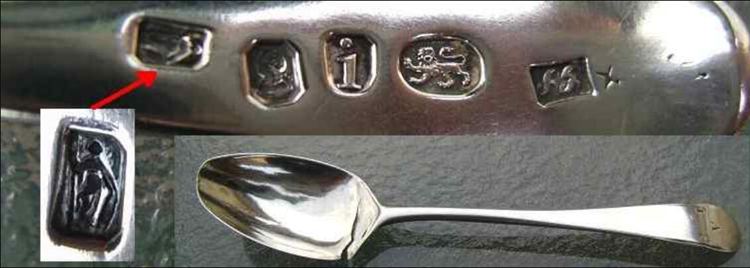
#5. Look for Small Marks on the Back of the Flatware
We didn’t mention this above because it is not the same for every flatware article. But, in some flatware pieces, you can see a small silver mark on the back.
A silver mark, also known as a hallmark, is a symbol or logo that represents the manufacturing company. Some manufacturers carved the name of the pattern series or the name of that particular pattern at the back of the spoon.
In recent times, this practice is replaced with numbers. You’ll model number or trademark at the center back of the flatware article.
Some More Popular Patterns
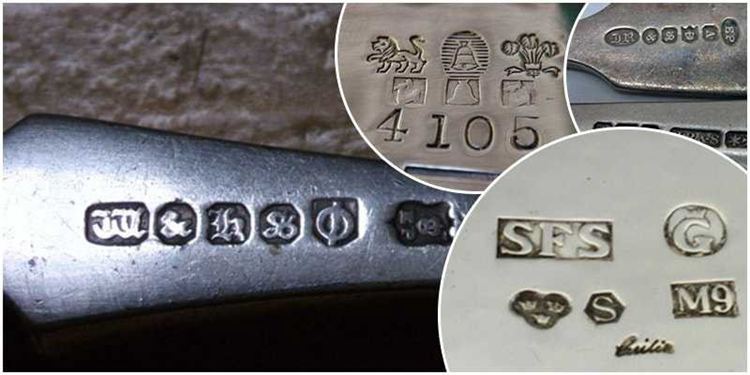
Before we conclude this post, we’d like you to explore some more designs to help improve your vintage flatware patterns identification skills. These are:
- Reed and Barton Majestic Pattern
- Frank Whiting George III Pattern
- International Madrid Pattern
- White Mandarin Pattern
- Durgin New Art Pattern
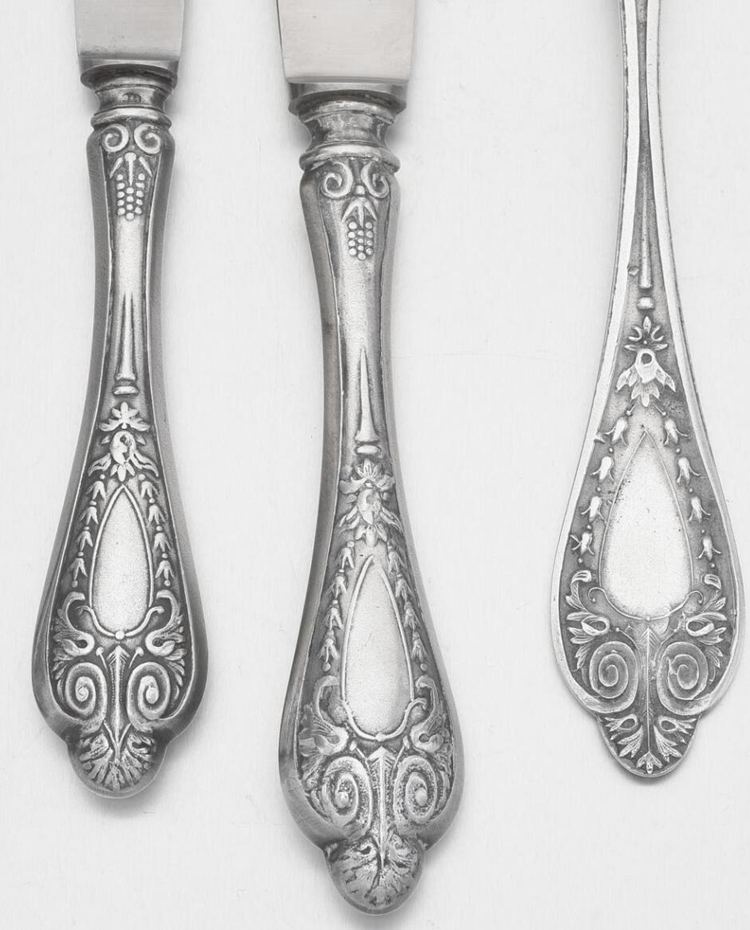
You can explore these patterns in detail over here. If you feel the need to know these vintage flatware patterns in greater depth than the referred guide, let us know in the comments. We’ll get back to you with a detailed guide.
Conclusion
By now, you’ve learned all that you needed to about vintage patterns identification. You know about the most popular patterns, manufacturers, the procedure of identification, and the metrics of value estimation.
If there’s still something that confuses you or a unique question pops up in your head, drop it down in the comments! We’ll get back to you as soon as possible.

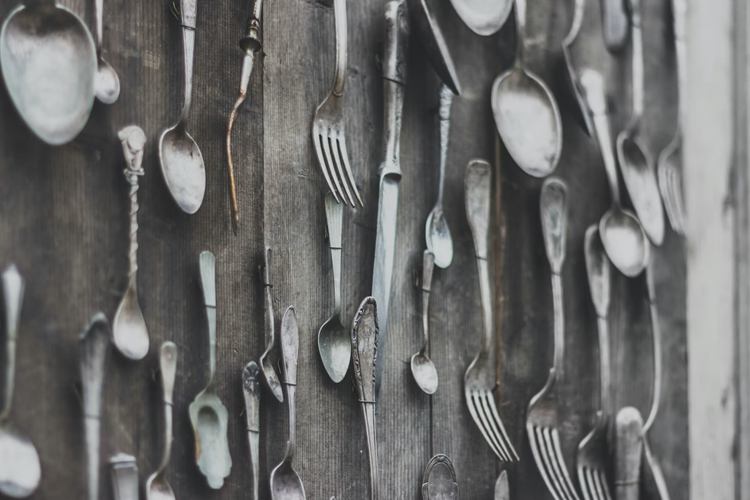
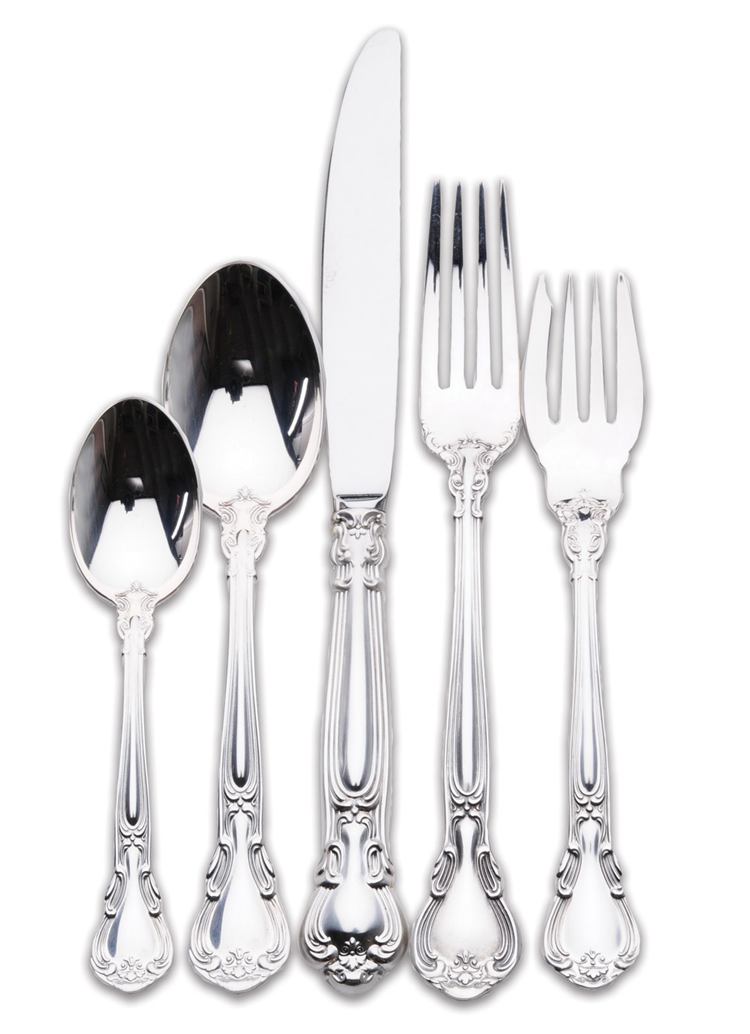
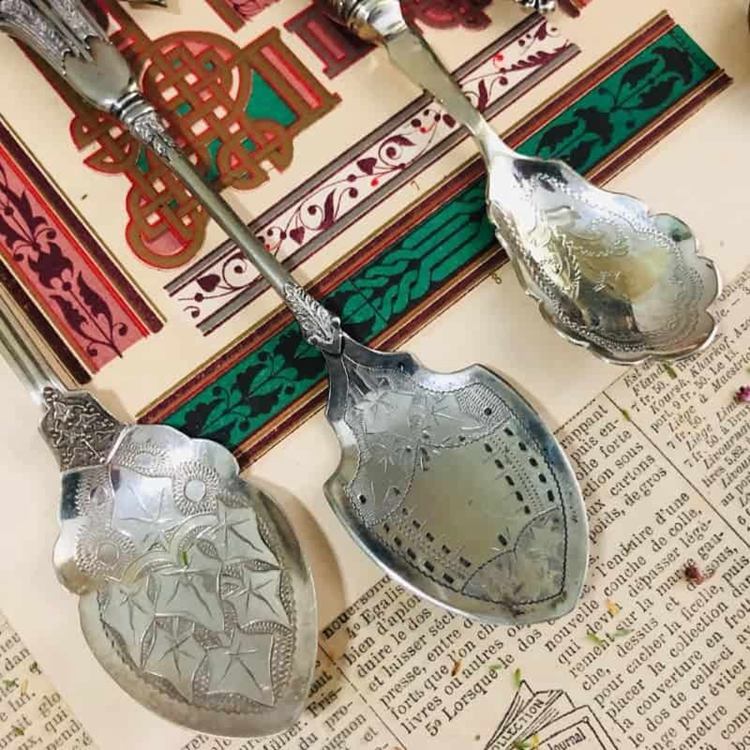
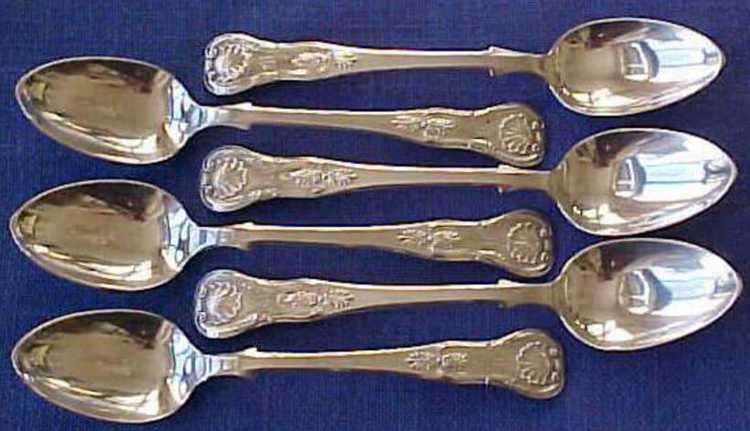
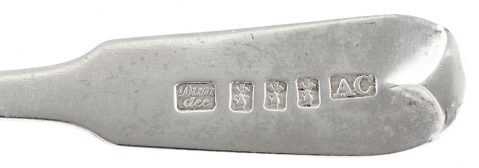
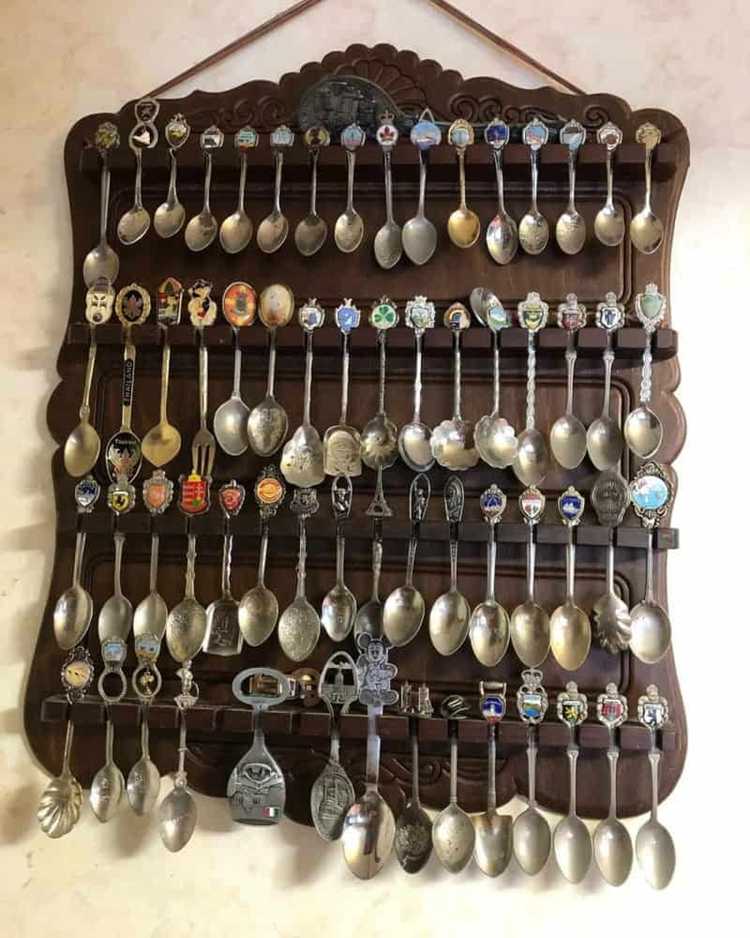
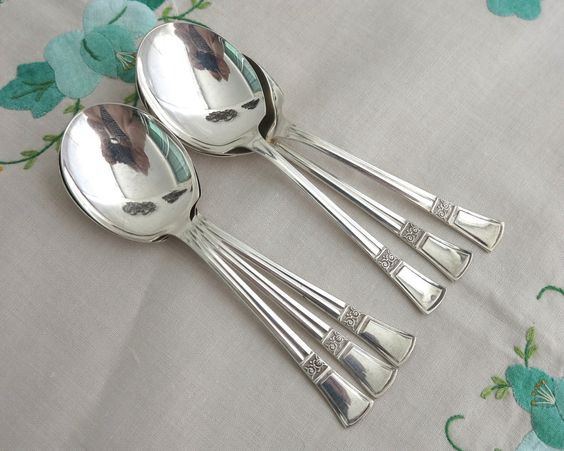




![Where To Sell Antique Furniture In 2022 [Ultimate Guide]](https://www.jacquelinestallone.com/wp-content/uploads/2022/09/Etsy-Your-Place-To-Buy-And-Sell-All-Things-Handmade-600x450.jpg)


